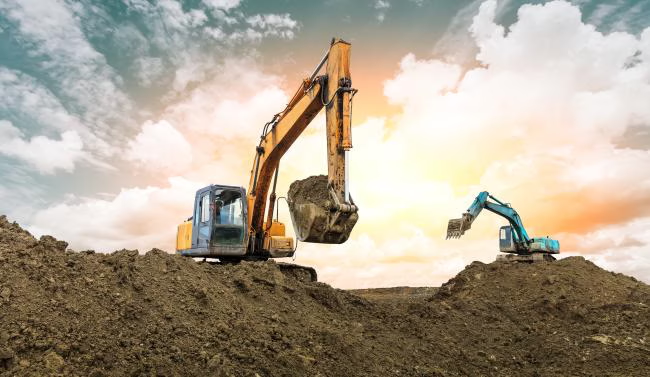Build-to-Rent Housing in Australia
Is build-to-rent (BTR) the answer for making up the housing shortage in Australia? A report commissioned by the Property Council of Australia has shed light on how a balanced investment approach to BTR housing could be instrumental in pushing towards the ambitious goal of providing 1 million homes by 2029. Let’s discuss how build-to-rent homes figure in today’s real estate climate, and how it will move forward. Build-to-Rent Housing in Australia The concept is straightforward – BTR dwellings are constructed exclusively for renting purposes. In this model, a developer or institutional investor assumes ownership of the entire residential complex and offers the apartments for rent rather than selling to owner-occupiers. Build-to-rent is now holding the promise in a nationwide housing crisis. In high-density areas, housing is placing more and more financial pressure on home buyers as well as property investors. BTR can potentially mitigate the lack of housing supply as they could build more homes in cities that have increasing demand. Several changes have made rental much more in demand. For one, the number of people per household has dropped from 2.6 to 2.5. This may not sound much, but the RBA estimates that this increases housing demand by at least 120,000 homes. Indeed, tenants have chosen to have more space since the lockdown experience the previous years. Important Legislation for Build-to-Rent Homes Accommodating rising demand means the government should step up in regard to housing supply incentives. And this is already happening at the federal level. For instance, rental allowance for investment in BTR has gone up from 2.5% to 4%. Recent data indicates that international investors are pivotal in contributing 85% of Australia’s build-to-rent market. Retail properties in the country enjoy high rental yields, which makes them appealing to foreign investors. In fact, commercial properties get an average of 9% return. The more deductions and tax incentives investors have, the more there will be long-term uptake of BTR investment. Collaborating with local developers, investors are engaged in constructing purpose-built, high-quality rental properties in prime locations across the nation. Experts observed that the growing demand for affordable housing, along with Aussies preferring urbanised areas have rendered build-to-rent developments attractive. These initiatives are not only providing much-needed housing for a burgeoning population but are also drawing significant foreign investment. It is, therefore, critical that investments in BTR developments need to be eligible for better rates. For instance, instead of foreign players being limited through a managed investment trust that is taxed at 30%, an alternative may be to change policies and place 15% withholding tax rate, at an incentivised tax rate of 10% for investors that will inject affordable housing elements in their BTR housing projects. Investment in build-to-rent housing emerges as a vital component in Australia’s journey towards meeting its housing targets while also addressing the escalating challenges of the rental market. Investors are keen to see more BTR builds not only to major cities but also to outer city limits dues to better property prices. It will take a comparative analysis as to the pros and cons of each option-ownership vs build to rent before making a definitive decision for Australians Darin Hindmarsh See Full Bio

